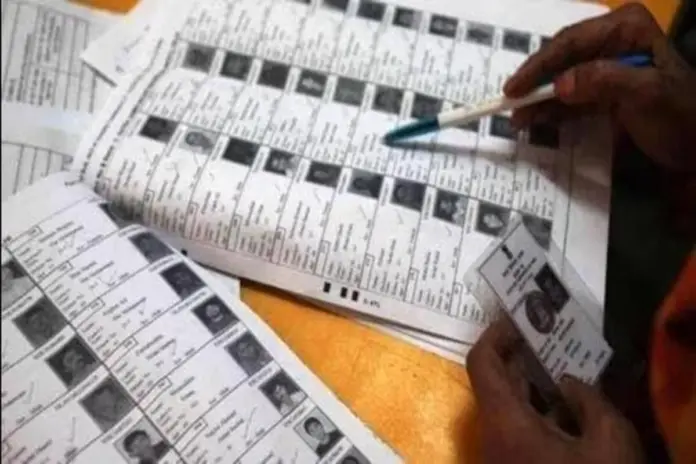Nearly 45% of voters listed in West Bengal’s current electoral roll did not appear in the 2002 voter list prepared during the last Special Intensive Revision (SIR), officials from the Election Commission of India (ECI) revealed. The findings have come to light as the poll body begins a large-scale voter mapping exercise in preparation for the 2026 state assembly elections.
Major Mismatch Detected in Voter Rolls
According to officials, the voter mapping process — a key step before the new SIR — is still ongoing but has already shown a significant mismatch. “Around 45% of the names in the current electoral roll are not found in the 2002 roll,” a senior ECI official said. The 2002 list is being treated as the benchmark electoral roll for the ongoing exercise.
District-Wise Variations
The data reveals wide disparities across districts. East Midnapore recorded the highest match at 68%, suggesting a more stable voter base, while West Burdwan showed the lowest, with just 40% of the names matching the earlier roll. These figures indicate a substantial demographic and migratory shift in the state’s electorate over the past two decades.
Reasons Behind the Mismatch
Officials pointed out several factors contributing to the gap — including the addition of new voters, migration, and the non-deletion of deceased voters from older rolls. The Booth Level Officers (BLOs) have been tasked with conducting door-to-door verification to ensure accuracy before the upcoming revision.
Next Steps for the Election Commission
The Election Commission has already uploaded the 2002 electoral roll on the website of the Chief Electoral Officer (CEO), West Bengal, allowing public access and scrutiny. The upcoming SIR will involve field verification, data updates, and public objections to finalize a clean and accurate roll ahead of the 2026 polls.

